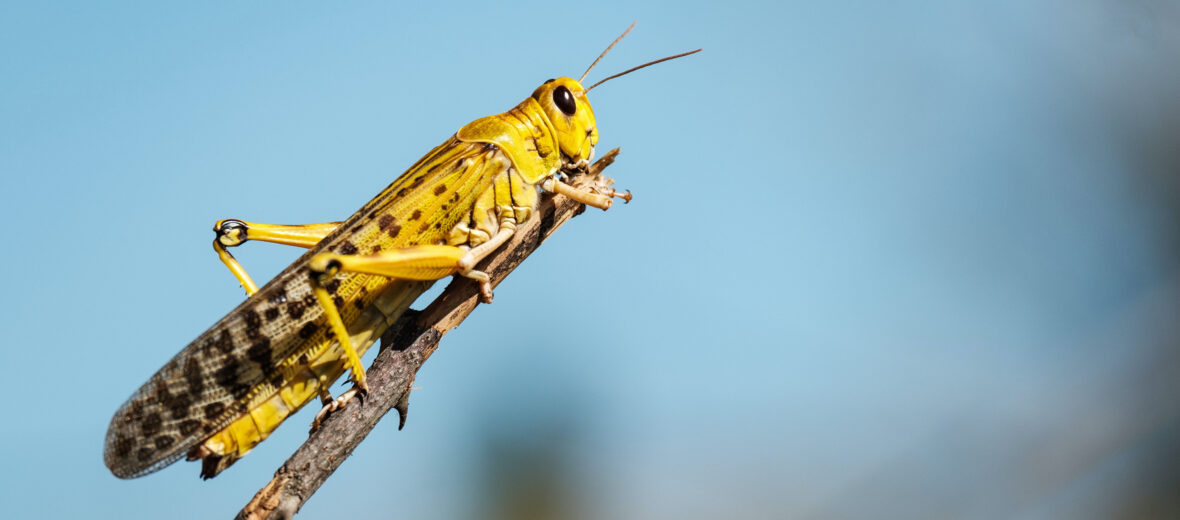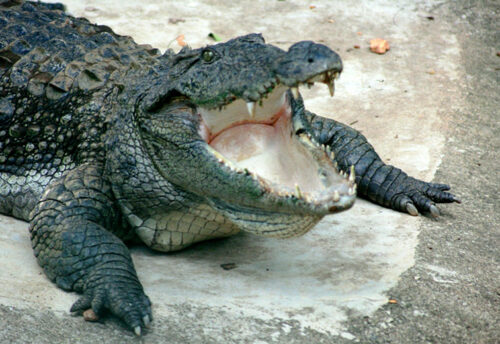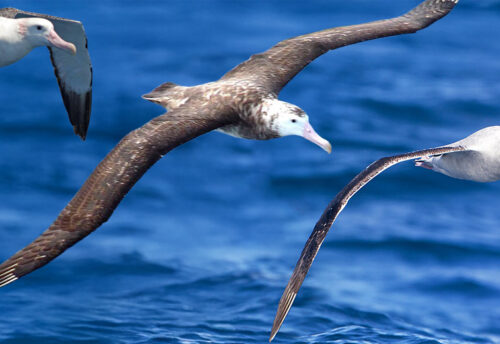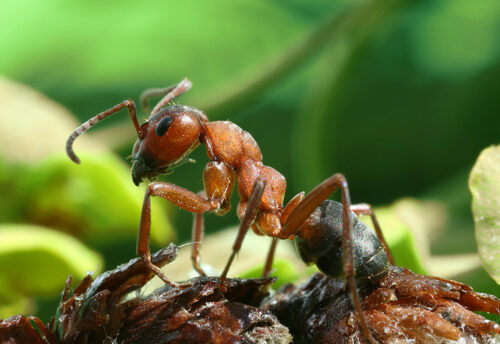
The African desert locust, aka plague locust, seems to be here to stay. Locusts were a plague of Biblical proportions in 2020, and it’s bad. They arrive, seemingly out of nowhere and drive through farmlands and croplands, wiping clean the hard work of farmers; who can do nothing but watch in horror. Then they seem to vanish just as quickly. The plague of locusts is so great that it darkens the sky, like a storm cloud, the size of a small city. The United Nations Food and Agriculture Organization states that desert locusts can potentially pose a threat to the livelihoods of up to 10% of the world’s human population.
First the Stats…
Scientific name: Schistocerca gragaria
Length: Up to 2.83 inches
Lifespan: Up to 6 months
Now on to the Facts!
1.) While there are hundreds of species of grasshopper, there are but a handful of species we call locusts.
2.) Typically, grasshoppers are solitary and repellent of one another. But when the environmental conditions are optimal (like when there are heavy rains) they go through a mental and physical change into a locust. This is called phenotypic plasticity.
3.) These insects are omnivores (eat plant and animal matter). More on that in a bit.
4.) A swarm covering nearly 1 square mile can consume as much food in 1 day as up to 35,000 humans! And a large swarm can eat up to 423 million pounds of plants every day!
5.) Each locust eats its weight in food a day. Now multiply that consumption by 80 million locusts and you get the scope of devastation they cause.
But wait, there’s more on the African desert locust!
6.) Once they run out of plants to eat, they go cannibal and eat each other!
7.) The The best and possibly only tactic is to possibly spray the locusts before the gregarization process begins.
Did you know…?
One swarm in Kenya measured 460 square miles!
8.) Locusts have serrated jaws that move from side to side to rip through plant matter. They also come equipped with a pair of secondary jaws that aid in holding their food.
9.) Locust swarms are constantly in motion and can traverse great distances. For instance, one swarm traveled from West Africa to the Caribbean. So, they aren’t restricted to just Africa.
10.) Locusts are covered with a fine layer of skin called a cuticle. This cuticle is waterproof and this waxy coating resists water-based pesticides. Hence the need to mix pesticides with a special type of oil that can penetrate this waxy layer.
But wait, there’s still more on the African desert locust!
11.) Locusts go through an egg, nymph, and adult stage; dispensing with the pupa stage altogether.
12.) Given the right moisture conditions, locust eggs can hatch within as little as 20 days.
Did you know…?
Locusts have high levels of chemicals known as phytosterols that could potentially regulate heart-related diseases and even some forms of cancer.
13.) Locusts can migrate up to 90 miles a day.
14.) As you may have guessed, climate change has had a huge impact on the growth of these plagues. 2020 saw a growth of nearly 500 times, due to heavy rainfall, in Africa.
15.) Females lay sometimes multiple oothecas (egg cases), that contain up to 100 eggs, in the soil. So you have 100 eggs per female times up to 40 million females. And there you have up to 4,000,000,000 new locusts!
16.) Predatory wasps and flies, predatory beetle larvae, parasitoid wasps, birds, and reptiles are their only natural predators. But they don’t stand a chance at controlling the swarms.
Now a Short African Desert Locust Video!
Be sure to share & comment below! Also, check out the Critter Science YouTube channel. Videos added frequently!
Want to suggest a critter for me to write about? Let me know here.



